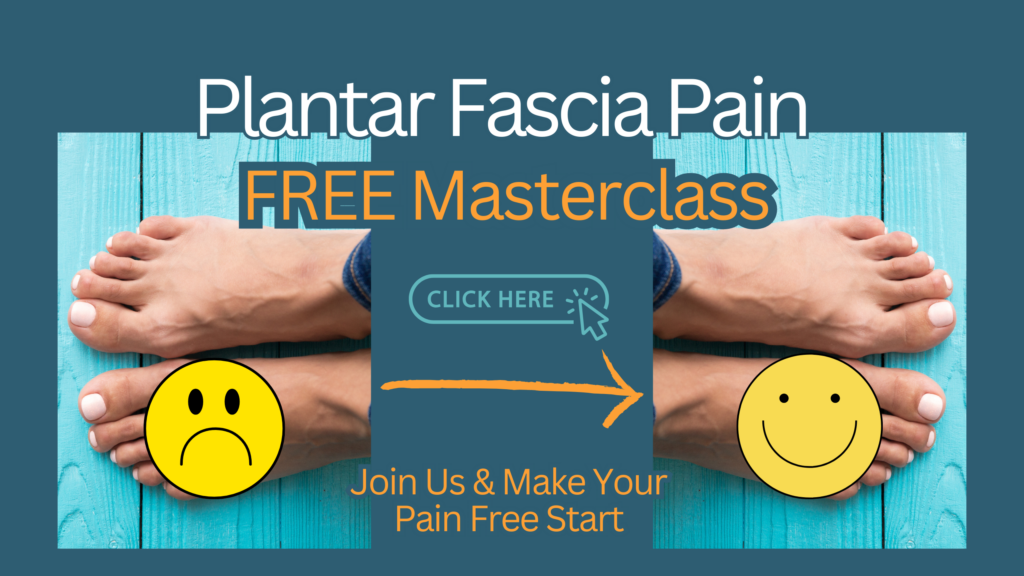Plantar fasciitis is one of the most common causes of heel and foot pain. If you’ve struggled with that first-step pain in the morning, you know how debilitating it can be. Many people are now turning to barefoot shoes as a possible solution — but do they really help?
In this blog, we’ll look at what barefoot shoes are, how they impact the plantar fascia, and whether they’re a good idea if you’re suffering with plantar fasciitis pain.
What Are Barefoot Shoes?
Barefoot or minimalist shoes are designed to mimic walking barefoot. They typically have:
- A thin, flexible sole
- Zero-drop design (no raised heel)
- Wide toe box to allow natural foot movement
- Minimal cushioning and support
The goal is to let your feet move more naturally, strengthening muscles and improving posture and balance.
But when you’re dealing with plantar fascia pain, is this minimalist approach too much?
Understanding Plantar Fasciitis
Plantar fasciitis is caused by overloading the plantar fascia, the thick band of tissue running along the bottom of your foot. Repeated strain or poor loading patterns can lead to pain, especially under the heel.
Common contributing factors include:
- Age
- Excess Body Weight
- Occupation
- Poor biomechanics
- Exercise
- Sudden increases in activity
- Footwear
- Foot position
- Calf strength
I look at this and more in greater depth in my FREE Masterclass
Unsure If You Have Plantar Fascia Pain?
This is very common. We think we might have something, we have googled it to death – but you are still not sure.
Don’t panic I can help with this.
Join me on my FREE Masterclass where together we assess your foot. Explore what may have caused it and what you can do about it. I would LOVE to see you there. Click the picture below to learn more and enrol.

Can Barefoot Shoes Help Plantar Fasciitis?
Potentially — but only if used correctly and at the right time.
I certainly would not be buying a pair in the hope that it will cure my problem nor would I be advising any of my patients to do the same. What you need to resolve this tricky problem is a tried and tested program for that like my Plantar Fascia pain Program. However they could be useful for some of you.
Here’s a breakdown of the potential benefits and risks.
Potential Benefits
1. Strengthens the foot muscles
Barefoot shoes encourage the small muscles of the foot and lower leg to work harder, which can help support the arch and reduce strain on the plantar fascia — over time.
2. Improves foot awareness and posture
Wearing barefoot shoes helps improve proprioception (your body’s awareness of movement and position), which can help correct poor walking or running mechanics.
3. Encourages natural foot alignment
Traditional shoes often squeeze the toes and lift the heel. A wider toe box and flat base allow for more natural movement and potentially better alignment of the whole lower limb.
Potential Risks
1. Too much too soon
Going from cushioned footwear to barefoot shoes without proper transition can increase load on the plantar fascia and other structures, making symptoms worse.
2. Lack of support during painful phases
If you’re currently experiencing plantar fascia pain, the minimal support offered by barefoot shoes may not be enough in the early stages of recovery. What I see benefits patients greatly in the short and long term is support for the medial arch which you don’t get from these.
3. Poor fit or form
Just because a shoe is “barefoot” doesn’t mean it’s good for your feet. The wrong shoe or walking with poor technique can still cause problems.
When to Try Barefoot Shoes (and When Not To)
Barefoot shoes might help if:
- Your pain has settled
- You’re gradually strengthening your feet
- You transition slowly and mindfully
- You’re working on your biomechanics, calf strength, reducing risk factors to resolve this problem and prevent it from returning. A structure program such as the Plantar Fascia Pain Program will do all of this and more.
Barefoot shoes may not help (yet) if:
- Your plantar fascia pain is active and flaring
- You’re relying on cushioning and medial arch support to manage pain
- You haven’t yet addressed weaknesses or alignment issues
- You have not resolved what has caused it in the first place. Join my FREE Masterclass to explore this and more.
Best Barefoot Shoes On The Market
If you decide to give them a go here are some good options to try;
The Best Barefoot Shoes: Top Picks for Natural Foot Health
How to Transition Safely
If you’re interested in trying barefoot shoes, here are some tips to do it safely:
- Start small – 10–15 minutes per day indoors
- Ensure you are towards the end of your Rehab program – or you are likely to flare up.
- Walk on soft ground first (grass, carpet)
- Listen to your body – pain means pull back
- Use support when needed – insoles or recovery footwear between barefoot sessions can help
Final Thoughts: Are Barefoot Shoes Right for You?
Barefoot shoes aren’t a magic fix — but they could be part of a long-term solution when used properly. They’re not ideal during a painful flare-up, but as part of a structured recovery plan, they could help improve strength, mobility, and alignment — all of which reduce your risk of future plantar fascia problems.
If you’re not sure where to start, my Plantar Fascia Pain Program can guide you through everything — from pain relief to long-term fixes like footwear, biomechanics, and strength training.
Take your first step today with my FREE Masterclass. I would love to see you there.
Take care, Helen
Helen Manders BSc (Hons) MCSP HCPC
Chartered Physiotherapist
Treating Plantar Fascia Pain Since 2001




